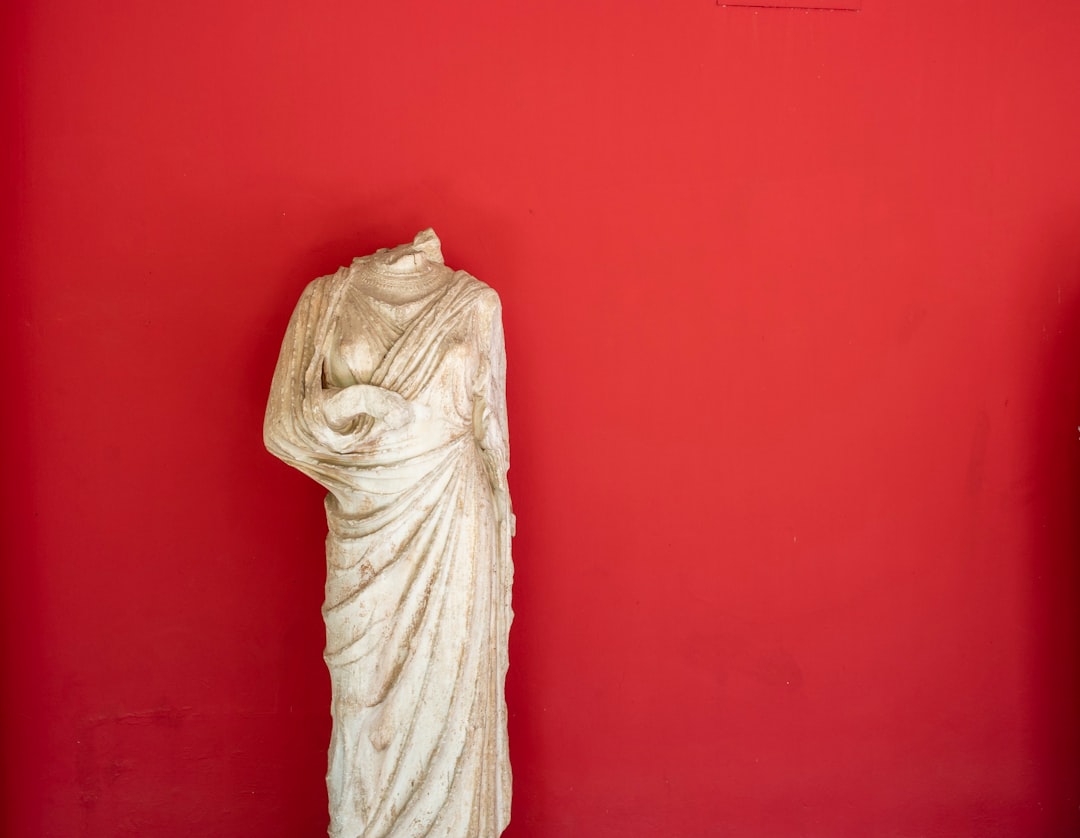What is it about?
Since democratization, Indonesia has played host to a curious form of ethnic conflict: militant vigilante groups attacking a small, socially marginal religious sect called Ahmadiyah. While most scholars attribute the violence to intolerance by radicals on the periphery of society, this article proposes a different reading based on an intertwined reconfiguration of Indonesian nationalism and religion. I suggest that Indonesia contains a common but overlooked example of “godly nationalism”; an imagined community bound by a shared theism and mobilized through the state in cooperation with religious organizations. This model for nationalism is modern, plural, and predicated on the exclusion of religious heterodoxy. Newly collected archival and ethnographic material demonstrates that the state’s and Muslim civil society’s long-standing exclusion of Ahmadiyah and other heterodox groups has helped produce the “we-feeling” that helps constitute contemporary Indonesian nationalism. I conclude by intervening in a recent debate about religious freedom to suggest that conflicts over blasphemy reflect Muslim civil society’s effort to delineate an incipient model of nationalism and tolerance while avoiding the templates of liberal secularism or theocracy.
Featured Image
Why is it important?
Based on archival and ethnographic research, this article proposes a novel reading of the relationship between nationalism and religion.
Read the Original
This page is a summary of: Productive Intolerance: Godly Nationalism in Indonesia, Comparative Studies in Society and History, July 2014, Cambridge University Press,
DOI: 10.1017/s0010417514000267.
You can read the full text:
Contributors
The following have contributed to this page










